Fiona’s story, by her father
“Parenting, I learned, is about loving my child today.“
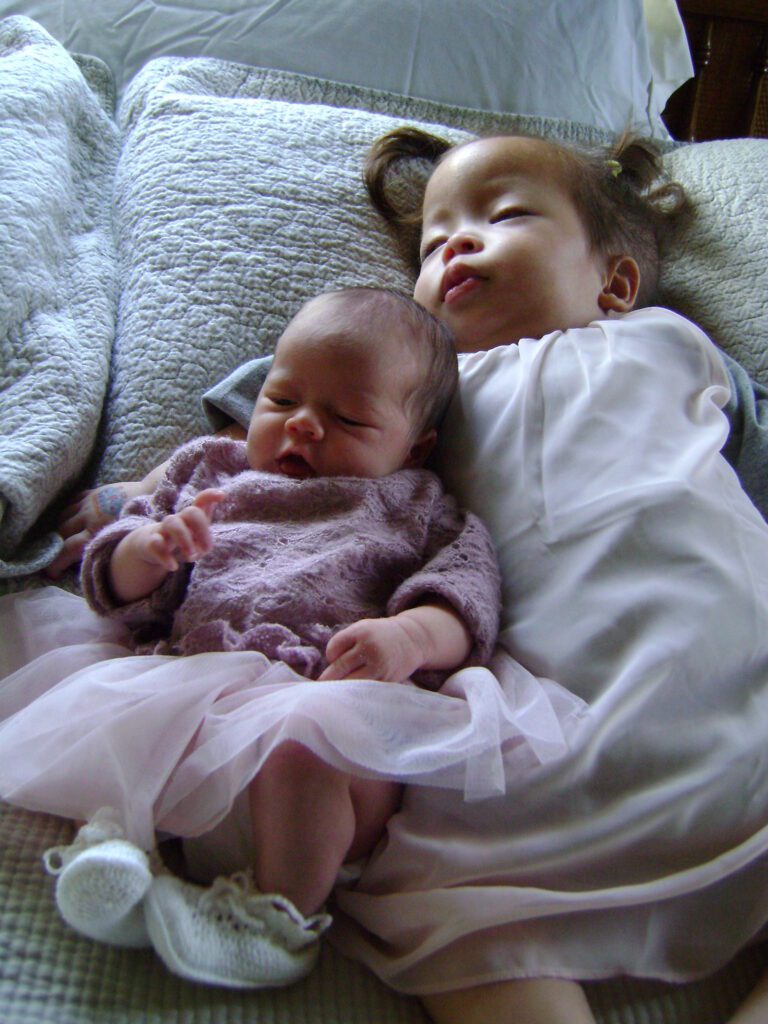
How did you feel when your child received a diagnosis of GM1?
Fiona was our first born and for 4 years and 4 months, she was our only child. She was diagnosed on August 5, 2011, about 7 weeks after she was born – it was a gut wrenching day.
My wife’s labor had to be induced because Fiona was losing weight. Our daughter was welcomed into the world and at 20 minutes old, she headed to the NICU for oxygen. Our OBGYN noticed placental infarctions (akin to a myocardial infarction – which we know as a heart attack) and substantial dead tissues. He collected samples of it for testing.
Fiona would spend about 10 days in the NICU. When we brought her home, our newborn little girl appeared healthy, happy, and normal.
Four weeks later, a geneticist called. The placenta showed symptoms of metabolic storage disease. They narrowed it down to lysosomal storage disorders and decided to test for specific enzymes. Fiona was happily cooing in our arms and looked perfectly healthy.
I deferred to research by myself and instead spent time with my new daughter. On August 5th, we got the results from the cultured skin cells. One enzyme was completely missing: beta-galactosidase. The diagnosis was Type 1, GM1 gangliosidosis. Because there was absolutely no beta-galactosidase present, the disease would quickly manifest. He said there is no cure.
The rest of that day was numbing. When I got home from work, Fiona was asleep, and I shared with my wife what the doctor had told me, and we sobbed together.
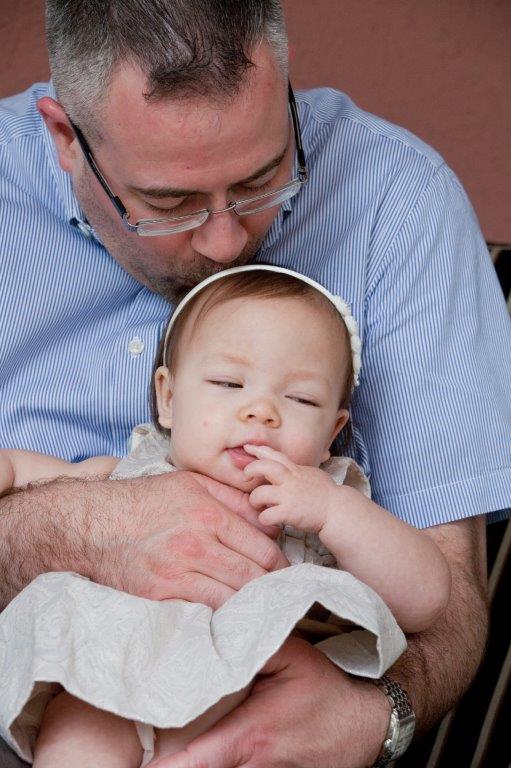
How has GM1 gangliosidosis affected your child?
The impact of GM1 on Fiona was utterly devastating. While we desperately searched for a cure that didn’t exist, we watched GM1 take our child’s ability to move, eat, laugh, smile and see.
After 4 ½ years of loving Fiona, GM1 ultimately took her, on December 23rd, 2015. She had 2 months with her infant baby sister, before we lost her. Her little sister is free of GM1; not even a carrier.
How does GM1 impact your family?
GM1 forever changed us. It’s not just in how it impacted our relationship, career, and day to day lives, but the slow degradation of your child’s life forever changes a person. The daily search for treatments, constant care, two doctor visits per week for 4 years, or sleeping alongside Fiona to clear her airway as she gasped for air in the night. It wasn’t just seeing her implanted with a feeding tube in her little tummy when she could no longer swallow.
It was the lessons she taught me without a single word: To live for the moment because tomorrow may never come. When you have an innocent child whose time is finite, it brings that lesson to the forefront. It’s a horrible way to have to learn that lesson. Parenting, I learned, is about loving my child today.
Fiona won’t prosper in the way our culture understands success – she’ll never walk or say “Daddy,” never be homecoming queen or land a job. I’ll never stay up late on Friday nights waiting for her. We will not launch our children into a promising future, but see them into early graves.
Parents of terminally ill children have simple and terrible goals: to help our children live with minimal discomfort and maximum dignity. We prepare to lose them and then, impossibly, to live on after that loss.
Fiona taught me about joy – seeing her face light up with a smile when she looked into my eyes before she lost her sight, or heard my voice before she lost her hearing. I’ll never forget her reaching out and griping my nose with her little hand before she lost the ability to move. Those memories of her, before GM1 took her ability to move, see and hear, are so sad and so joyful.
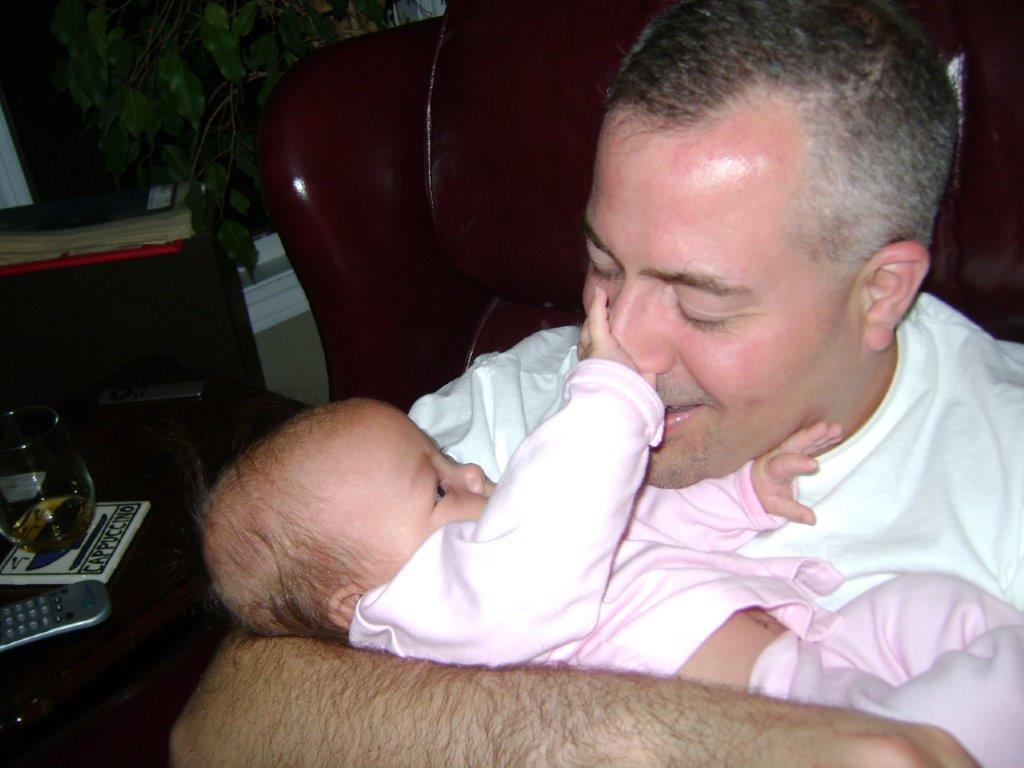
She also taught me about love – the future is passing us by every moment, and if we forget to enjoy the present with those we love, we miss out on life. When life is confined to 4½ short years, it forces us to make that life as special as possible. She taught me to tell the people you love how you feel now, because no one is guaranteed tomorrow.
What is the hardest part of being a GM1 caregiver?
I guess the hardest part of all was that you knew all along that you would outlive your child. You were forced to watch as GM1, slowly, but quickly, and devastatingly, took her, a piece at a time.
What do you wish people understood more about rare diseases?
It’s hard to incentivize to find a cure for rare diseases in a capitalist, free enterprise society that, unfortunately, doesn’t allow for profit and incentive in finding a conventional cure for ultra rare metabolic storage diseases. Hopefully some newer technologies like CRISPR and gene editing will help ultra rare diseases. This development marks a significant step toward treating diseases caused by genetic mutations that are so rare they have previously been considered untreatable.
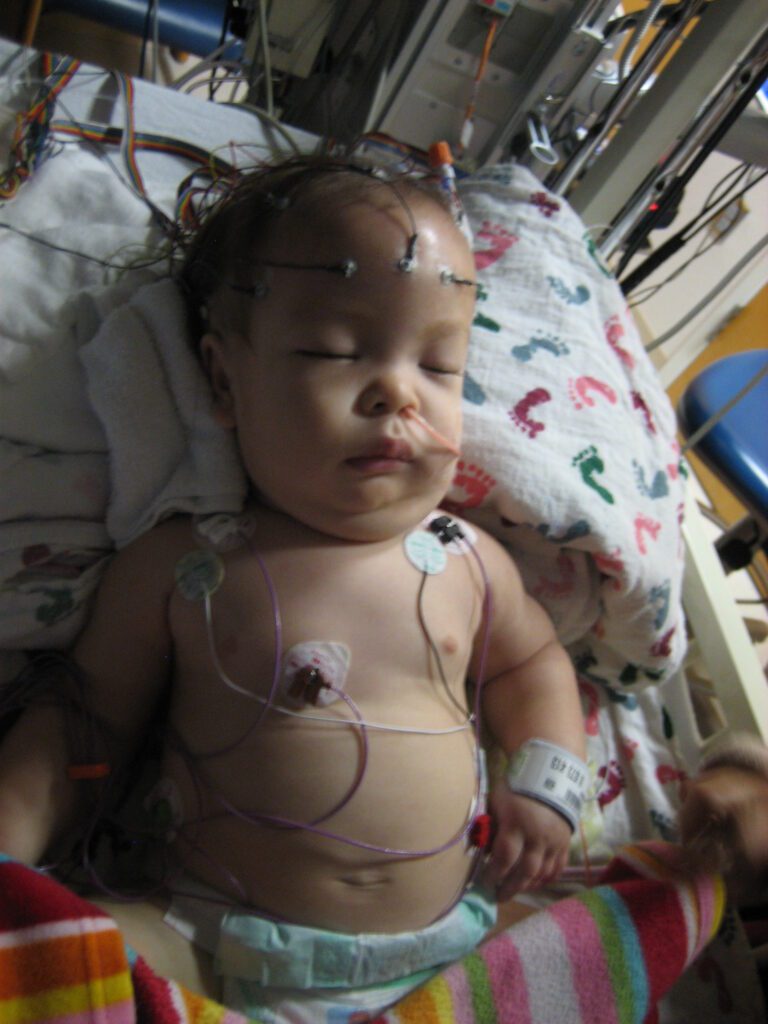
Why should people support the Cure GM1 Foundation and rare diseases?
When my daughter was diagnosed in 2011, there was no Cure GM1 Foundation and no organization specifically advocating for GM1 gangliosidosis. The Foundation is our advocate, finding and allocating resources to find a cure we seek. It’s also a resource for newly diagnosed families who don’t know where to begin after receiving this devastating diagnosis. It’s one thing, as a father, to read about the symptoms and the devastating consequences. It’s another thing entirely to have the opportunity, as a newly diagnosed family, to be able to attend a conference and meet other families and find out how to practically care for our loved ones.
Fiona affirms what is important in life – family, kindness, thoughtfulness, faith, hope and love.
Your support can help families like ours find hope and advance research toward a cure for GM1 gangliosidosis. To learn more about how you can help, please visit the Take Action page or Donate here.
